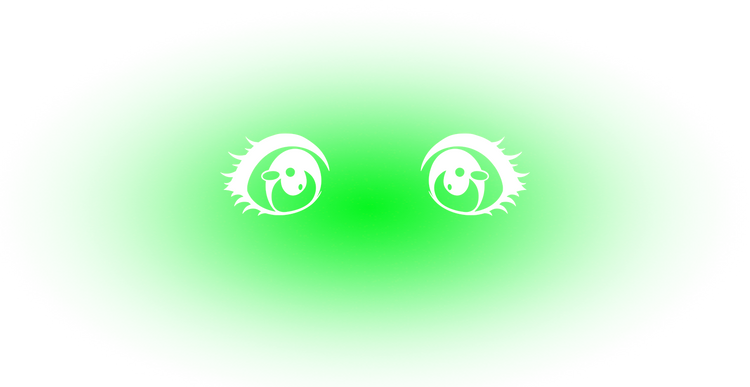
Group Show – Rhi•zome at No Gallery
by George Sutton

No Gallery describes itself as an “ambiguously commercial gallery space…with the intention of curating exhibitions capable of pushing the boundaries of contemporary programming.” With a track record of exhibitions highlighting work contending with (and embodying) hyper-contemporary perspectives on social media, “the discourse,” and our post-everything world, No Gallery’s programming stands in rather stark contrast to the more collector-friendly, post-surreal (and usually painted) fare favored by its Henry Street neighbors. Even the word programming implies a more institutionally-minded, or a more rigorously curated, approach. And while the minds behind No Gallery seem tuned into market and hype trends, they appear invested in the purposeful creation of a space within and in reaction to the art historical narrative. No Gallery is attempting to push the boundaries of what is cool and trendy in today’s art: exhibition texts and press releases written by young downtown stalwarts and scenesters (Sierra Armor, Harry Tafoya) are as comfortable using art historical academese as they are with the hyper-online slang and memespeak of their milieu. Recent exhibitions by painters Sven Loven and Jaxon Demme are no exception, with canvases featuring luridly colored figures and text that interrogate the lines between good and bad taste, high and low culture. No Gallery presents their exhibitions in the larger context of subversive art – in 2021, they showed work by the late transgressive legend and industrial music pioneer Genesis P-Orridge in a show entitled TIME=EMIT. No Gallery is fighting the good fight, consistently showing work that serves as a rejoinder to dominant art world trends. Its curatorial choices counteract both the moralizing didacticism described in Dean Kissick’s 2019 essay The Art We Deserve and the commercialized neo-figurative pseudosurrealism of auction house darlings such as Anna Weyant and Ewa Juszkiewicz.

How to Become Untraceable (for PH) by Nina Hartmann, 2023
With this critical frame in mind I went to see Rhi•zome, a group show at No Gallery curated by artist and poet Adrienne Greenblatt (@deathinmidwinter). I had often walked by the Henry Street galleries and poked my head in, but I’d never set foot in No Gallery; it was a small and unassuming storefront full of art objects in a neighborhood oversaturated with small and unassuming storefronts full of art objects. Rather than present a smaller number of large canvases, Rhi•zome featured a selection of smaller art objects, many appearing at first glance to blur the lines between sculpture and painting – works by Nina Hartmann, Harris Rosenblum, and Harry Gould Harvey IV. I was particularly drawn to Harvey’s contribution, M?n Mad With Fear Reconciliation of the Source ⒶftⒺr Courbet, which featured Blakean colored pencil illustrations of what I took to be a pilgrim’s progress on a handmade wooden canvas, repurposed from the Newport Mansions.
M?n Mad With Fear Reconciliation of the Source ⒶftⒺr Courbet by Harry Gould Harvey IV, 2021
I see Harvey’s work, though deeply idiosyncratic and original, as part of a larger group of artists, a group I call New Weird New England – artists like Harvey, Adrian Tiu, and brothers Ray and Sam Steele, who use contemporary mediums to engage with the often dark and Gothic vernacular visual culture of historical New England. Rosenblum’s piece, which occupied a plinth at the center of the gallery space, resembles a digital Pandora’s box covered with ornate insignias and trim straight out of the world design of a fantasy MMORPG.
Isaiah (The Holy Seed) by Harris Rosenblum, 2023
Other work in Rhi•zome embodies this interface between futuristic and historical styles, an aesthetic turn that Greenblatt describes in their exhibition text as “leaning back into the pre-post world and reinterpreting the great interpreters.” Ophelia Arc’s You’re So Pretty is an Eva Hesse-like organic, weblike structure, built of actual verdure, blood, and human hair, while Garth Weiser’s Grey Colonial integrates heavily layered and abraded paint with inkjet printed humanoid claws. Think Christopher Wool, on a bad trip, scrolling through Instagram’s Threads.
You’re So Pretty by Ophelia Arc, 2023
grey colonial by Garth Weiser, 2023
According to Greenblat, Rhi•zome “calls for an anarchistic appraisal of contemporary art existing outside of the current structure.” Art world hierarchies increasingly favor the status quo – institutions are turning away from groundbreaking digital art in favor of research-based, crate-digging neoliberal didactics; galleries favor tacky, ornamental, multicolored figurative painting by Ivy League MFA-bred conformists. It’s truly rare to see this kind of ultracontemporary work in a downtown gallery space. Greenblatt’s rigorous curatorial project, one that made a sincere attempt to give substantive commentary on art historical discourses and contemporary aesthetics, was a breath of fresh air amidst a glut of cookie-cutter press releases in the sleepy New York art world summer.

No Gallery is an ambiguously commercial gallery space established in 2019, located in the lowest of the Lower East Side, Manhattan. Founded with the intention of curating exhibitions capable of pushing the boundaries of contemporary programming, No presents works dedicated to a nuanced exploration of extant social, personal and cultural paradigms.
George Sutton is an art history student from San Francisco. He currently splits his time between Marin County and the Hudson Valley, where he is working on a thesis on Michael Heizer.

